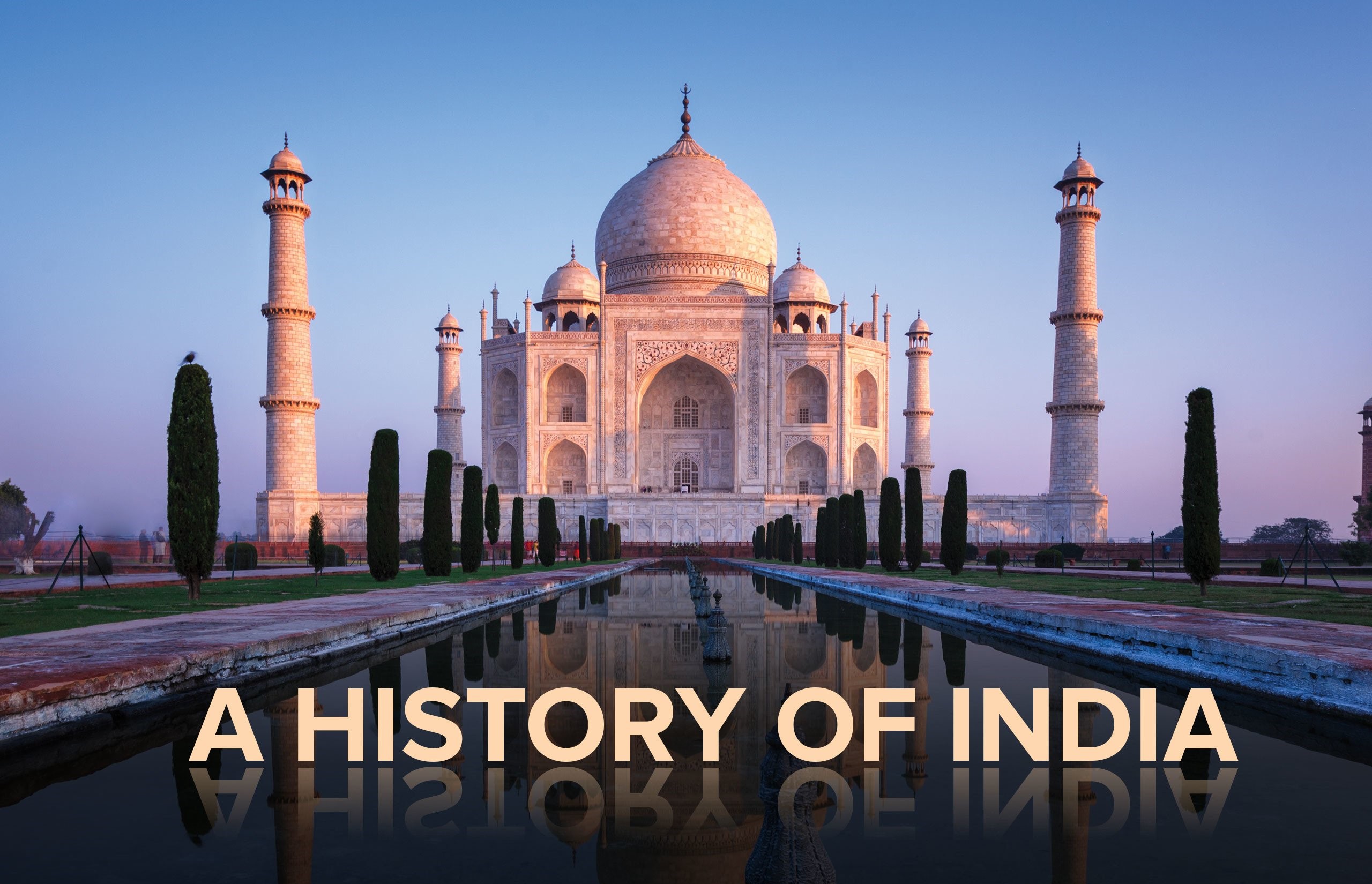Maurya Period
(322 BC-185 BC)
Sources for Mauryan History
1. Literary Sources
» Kautilya’s Arthasastra : It is the most important literary sourse for the Maurvas. It is a treatise on government and polity. It gives a clear and methodological analysis of political and economic conditions of the Mauryan period.
» Megasthenese’s Indica : Megasthenese was the ambassador of Selecus Nikator in the court of Chandragupta Maurya. His 'Indica' is foremost among all the foreigners accounts for Maurya. But its original copy is lost, and it has survived only as quotations in the text of classical Greek writers, such as Strabo, Diodorous, Arrian, Plutarch and Latin writers such as Pliny and Justin. It refers to Mauryan administration, 7-caste system, absence of slavary and usuary in 'India etc.
» Visakha Datta's 'Mudra Rakshasa' : Though it was written during Gupta Period, it describes how Chandragupta Maurya get Chanakya's assistance to overthrow the Nandas. Besides this, it gives an excellent account of the prevailing socio-economic conditions.
» Puranas : Though they are a collection of legends interspread with religious teachings, they give us the chronology and lists of Mauryan kings.
» Buddhist Literature
1. Indian Buddhist text Jatakas (a part of Khuddaknikaya of Suttapitaka which describes 549 stories of Buddha's previous births) reveal a general picture of socio-economic conditions of Mauryan period.
2. Ceylonese Buddhist chronicles Dipa vamsa and Maha vamsa describe the part played by Ashoka in spreading Buddhism to Sri Lanka.
3. Tibetan Buddhist text Divyavadana gives information about Ashoka and his efforts to spread Buddhism.
2. Archaeological Sources
» Ashokan Edicts and inscriptions : There are Rock Edicts, Pillar Edicts and Cave Inscriptions located at several places in the Indian sub-continent. Their importance came to be appreciated only after their decipheration by Janies Princep in 1837 and also the identification of Ashoka as the author of these edicts in the beginning of the 20th century. Majority of them are in the nature of Ashoka's proclamations to the public at large, and only a small group of them describe his own acceptance of Buddhism and his relationship with the Sangha (Commune). Though Prakrit was the language used in them, the script varied from region to region (Kharoshti in the North-West, Greek and Aramaic in the West and Brahmi in the East of India).
» Other Inscriptions : Junagadh Rock Inscription of Rudradaman, Sohgaura Copper Plate Inscription in Gorakhpur district of U.P., Mahasthan Inscription in Bogara district of Bangladesh. - All these are directly concerned with the Mauryan Period, though they are believed to be not necessarily those of Ashoka.
» Material Remains : Wooden palace of Chandragupta Maurya, Northern Black Polished Ware (NBPW), Silver and Copper punch-marked coins found in Kumharar (Patna) and other places are die material remains of the Mauryan period.
